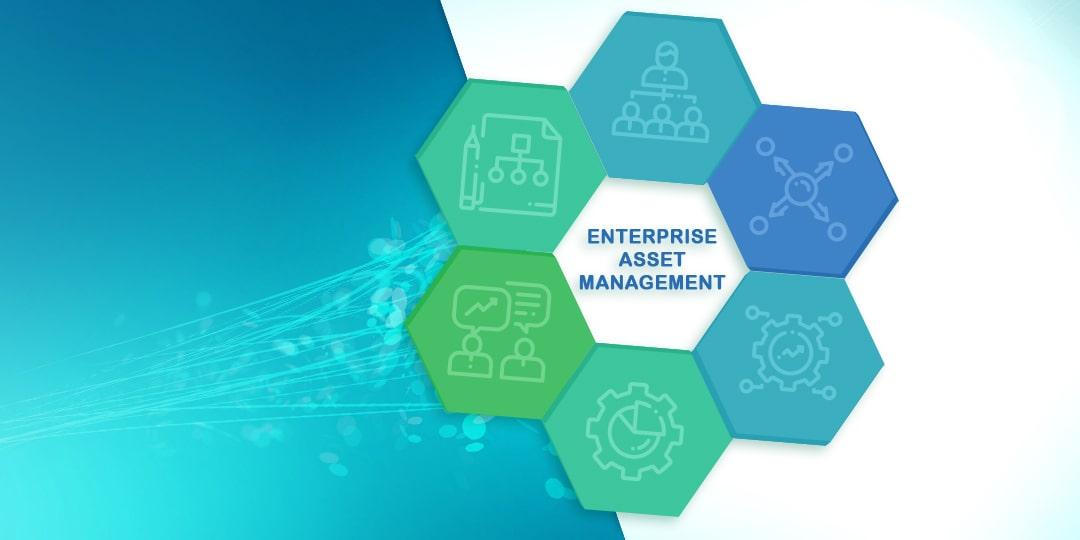Enterprise Asset Management Market is enabling optimal utilization and maintenance of physical assets and infrastructure. It manages equipment-related information and data to reduce equipment downtime and ensure maximum performance. EAM solutions help in tracking assets, managing maintenance activities, and analyzing equipment performance. It allows businesses to schedule breakdown maintenance with predictive capabilities, maximize asset uptime, and optimize maintenance costs.
The Global Enterprise Asset Management Market is estimated to be valued at US$ 4687.8 Bn in 2024 and is expected to exhibit a CAGR of 7.5% over the forecast period 2024 to 2031.
Key Takeaways
Key players operating in The Enterprise Asset Management are IBM, Oracle, SAP, IFS, ABB, Infor, Aptean, CGI, UpKeep, and Ultimo. IBM holds the maximum market share due to its vast EAM software portfolio and global clientele.
The growing trend of leveraging emerging technologies like AI, IoT, big data analytics, AR/VR is fueling the demand for smart EAM solutions to optimize asset performance management further. Industries are increasingly adopting smart sensors and systems to extract real-time insights from assets for predictive maintenance and reduce downtime.
Technological advancements are also shaping the EAM landscape with cloud solutions gaining traction. By 2026, more than 50% of EAM deployments are estimated to adopt the cloud architecture for scalability, cost-efficiency, and mobility. Advancements in mobility solutions are also enabling anytime, anywhere access to asset information on mobile devices.
Market Trends
The increasing traction of SaaS-based EAM solutions owing to benefits like lower upfront costs and easy implementation. The growing number of small and mid-sized businesses are adopting SaaS EAM because of affordability and low maintenance.
Augmented reality and digital twin technologies are also emerging as key trends to improve asset inspection and management. AR applications help visualize assets and provide step-by-step guidance for maintenance tasks. Digital twins create a virtual representation of physical assets for predictive monitoring and process optimization.
Market Opportunities
The rising focus on improving overall equipment effectiveness (OEE) and reducing unplanned downtime offers immense opportunities for EAM vendors. Advanced analytics-driven solutions that leverage IIoT data are gaining ground to optimize OEE parameters.
Integration of EAM systems with other operational technologies like MES, SCADA also presents a lucrative avenue. Such integrated solutions orchestrate cross-functional data exchange for end-to-end visibility and superior decision making.
Impact of COVID-19 on Enterprise Asset Management Market growth
The COVID-19 pandemic disrupted global supply chains and business continuity. Enterprise asset management companies faced challenges of unplanned asset downtime, reduced operational efficiency, and increased maintenance costs. However, the crisis fast-tracked digital transformation initiatives. Organizations increased adoption of cloud and mobile EAM solutions to enable remote asset monitoring and predictive maintenance. This helped essential industries maintain productivity during lockdowns. Asset-intensive sectors like manufacturing, energy and utilities invested in AI-based predictive analytics to minimize unplanned downtime. The long-term shift to remote working also increased demand for asset lifecycle management of laptops, smartphones and other devices. While EAM revenues declined in 2020 due to project delays, the need for data-driven asset strategies accelerated post-COVID adoption. Upcoming trends like condition-based monitoring are likely to see higher investments to improve asset performance.
Geographical regions with high Enterprise Asset Management market value
North America accounted for the largest share of the global EAM market pre-COVID due to high equipment expenditure by sectors like oil & gas, manufacturing and mining in the US and Canada. The region is also a major leader in adoption of digital industrial solutions. In Europe, growth was concentrated in Germany, U.K and Nordic nations with substantial process and plant asset bases. The Asia Pacific region emerged as the fastest growing market led by Chinese investments in critical infrastructure, energy projects and factory automation. Countries like India, Japan and South Korea are also growing automation adopters boosting regional asset management spends.
Fastest growing region for Enterprise Asset Management market
The Asia Pacific region is projected to be the fastest growing market for Enterprise Asset Management during the forecast period. This is attributed to rapid industrialization initiatives across Southeast Asian countries, increased factory automation and expanding oil & gas sector in Australia and China. India stands out with its 'Make in India' program focusing on modernizing infrastructure and scaling local manufacturing. 5G deployment also accelerates IIoT adoption supporting real-time plant connectivity. Additionally, maturing maintenance practices and aging capital assets in Japan drive preventive maintenance using sensors and AI-based predictive tools. These region-specific growth factors collectively strengthen the EAM market potential in Asia Pacific.
Get More Insights On Enterprise Asset Management Market
